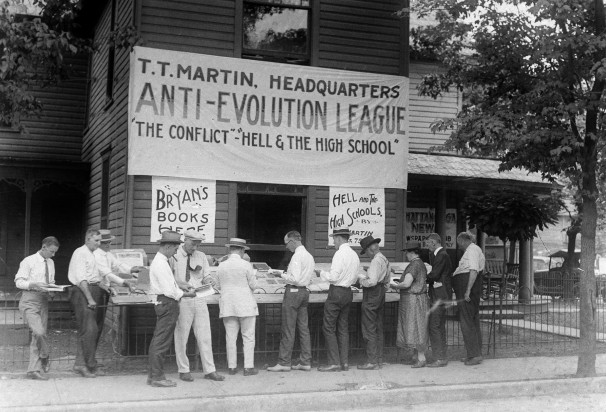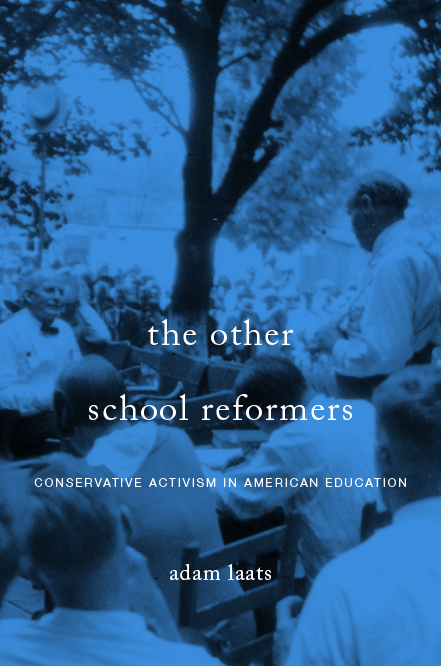It has never been easy to know what to call creationists. The labels pile up: Old-earth creationists, young-earth creationists, progressive creationists, theistic evolutionists, intelligent design. For people who don’t spend a lot of time thinking about creationism or evolution education, the mess of labels and of careful distinctions can be distracting. That’s why I’m using a different sort of label in my new book about creationism.

Why put Jesus on a dinosaur? And can He ride his dinosaur to school?
After all, most of the angels-on-the-head-of-a-pin differences between creationist factions don’t matter much to anyone outside of those factions. There are two things from the world of American creationism that DO matter to everyone:
- How much influence should religious ideas have on public institutions? Specifically, what role should creationism play in public schools?
- To what extent do creationists have a beef with mainstream science?
When it comes to these kinds of questions, the distinctions between young-earth and old-earth creationism don’t really matter. The differences between Christian and Jewish creationism don’t really matter. The distinctions among gap theorists, day-agers, ruin-and-restorationists, or any of a million other theoretical approaches to creationism don’t really matter. In fact, none of the distinctions that are so vital to creationists matter to anyone else. Instead, what the general public really cares about is different. Therefore, the labels generated from within the worlds of American creationism are not very useful for the rest of us.
For all those reasons, in my book I’m using the label “radical creationism” to describe a certain type and tendency among creationists. Radical creationists are those who do two things:
- Radical creationists dispute the conclusions of mainstream science; and
- Radical creationists push their ideas into the public square somehow–they generally want special treatment for their religious ideas in public institutions like schools.
By this definition, there are two influential types of radical creationism in the United States these days. The first are the young-earth creationists, such as Answers In Genesis. The second are the intelligent-design crowd, such as the Discovery Institute. These two groups are very different, but they both share a fundamental distrust of mainstream science and an ambition to influence public policy in creationism-friendly directions.

Radical creationism c. 1925. Radical ideas have changed, but the radical-ness hasn’t.
Calling groups like these “radical creationists” is not a perfect solution, but it does have a lot of benefits. First of all, it takes the discussion of creationism out of the realm of theology–which is of interest only to the creationists themselves–and puts it in the realm of public policy, which is the part most of us care about.
Second, by calling these groups “radical creationists,” we can get a better understanding of the real world of American creationism as a whole. In newspapers and elsewhere, people tend to use the term “creationism” to mean only the most prominent radical creationists. That warps our public conversations, because in fact most Americans can fairly be labeled creationists of one form or another. Being clearer about the huge differences between the small rump of truly radical creationists and the huge majority of American creationists will allow us to have more fruitful discussions about the proper role of religion in public institutions.
Finally, identifying groups as “radical” creationists in this way allows us to see the changes over time within the world of radical creationism. A hundred years ago, the anti-evolution movement was led by a very different type of radical creationists. Most leaders back then did not believe in a young earth, for example. Yet in the ways that really matter–namely, in their attitudes toward mainstream science and their goals of influencing public schools–those early anti-evolution activists fit our definition of “radical creationists.” Using the “radical” label allows us to see the continuities within the history of American creationism.
Don’t like the term? I understand. But before you jump all over it, please read my longer explanation of my reasons for using the term in my new book. We can disagree, but I’d rather disagree about things we really disagree about than waste time arguing about things I’m not really saying.




